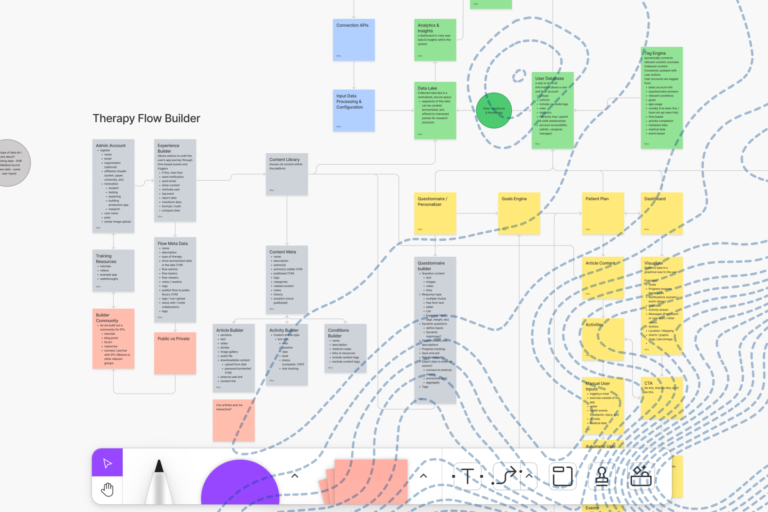A few weeks ago, Arcweb Technologies hosted the second installment of the recently revitalized user experience Meetup, Shame on UX. The event, led by the design team here at Arcweb, brought together professionals from different industries with varying job titles. Our one commonality? A strong interest in improving user experiences.
The theme for this month’s Meetup was ‘Shame an Experience’ in which attendees gathered together to showcase particularly horrendous user experiences they’ve encountered. Members took turns leading group discussions on what specifically made them want to rip their hair out while also providing some solutions to solve the experience.
Bad UX is Everywhere
The diversity of the experiences presented was particularly interesting. They ranged from familiar mobile apps to internal company applications. And to prove that bad UX happens anywhere, one shamer (who’s also a developer) used a recent coding experience as an example. The issue revolved around one line of code that depended on the specific database it was hooking into. The developer explained how laziness or rushing can often lead to reduced scalability in a code base. He then reviewed the steps he took to make the code work better for testing, development and future maintenance.
The point is that bad UX is everywhere. And while your own professional experiences and opinions make flawed UX easy to identify, what matters more is your ability to turn that criticism into actionable recommendations. (Don’t just say something’s terrible—suggest how to make it better.) With that mindset, the group produced a variety of valuable recommendations around usability methods and metrics in the name of optimized, user-centric approaches.
What We Gained
Everyone at the meetup empathized with the situation in which a usability issue is brought up but never resolved. Each person could relate to what so often happens with design problems: a half-baked solution… a good solution that never gets implemented… “something else” taking priority. Whatever the scenario, knowing why it happened (or didn’t happen) often goes unresolved.
Consider an internal application for a large corporation that the group “shamed.” When a participant at the meetup put it up on screen, right away the reaction to the UX was ubiquitous. No. Not good. Not good at all. Make it stop. Our eyes are bleeding. It was literally impossible for any person in the room not to say, “This needs to be completely redone.”
While understandable, this reaction doesn’t take into consideration the reality of the situation. In this example, the opportunity cost of producing a completely new (and vastly superior) application with a talented team would most likely outweigh the time-cost it would take to train a new internal employee on the existing application. The employee, despite the comically bad UX, will get used to it. They’ll become so robotically accustomed to the bad UX patterns that they won’t even recognize them. And their productivity will unknowingly suffer.
Only when the business goals are defined can you then ask yourself the correct questions in order to solve an application with so many UX problems. You’ll find yourself asking better questions that are more helpful in discovering high priority UX issues that are within scope to be solved. Testing your target audience and learning the specifics of what drives them nuts is a great first step in accomplishing this.
Sometimes it can be hard to digest, but business goals ultimately affect good UX design by getting UX designers to ask the right questions.
We’re Just Getting Started
Shame on UX has really been quite a success so far and we’re eager to keep up the momentum. Whether you’re an experienced UI/UX professional or just starting your career, all are welcome. If that’s you (or even if it’s not), join us and keep an eye out for our next event!
Building a digital product?
P.S. – Have an idea for a Shame on UX format? Pitch it!



